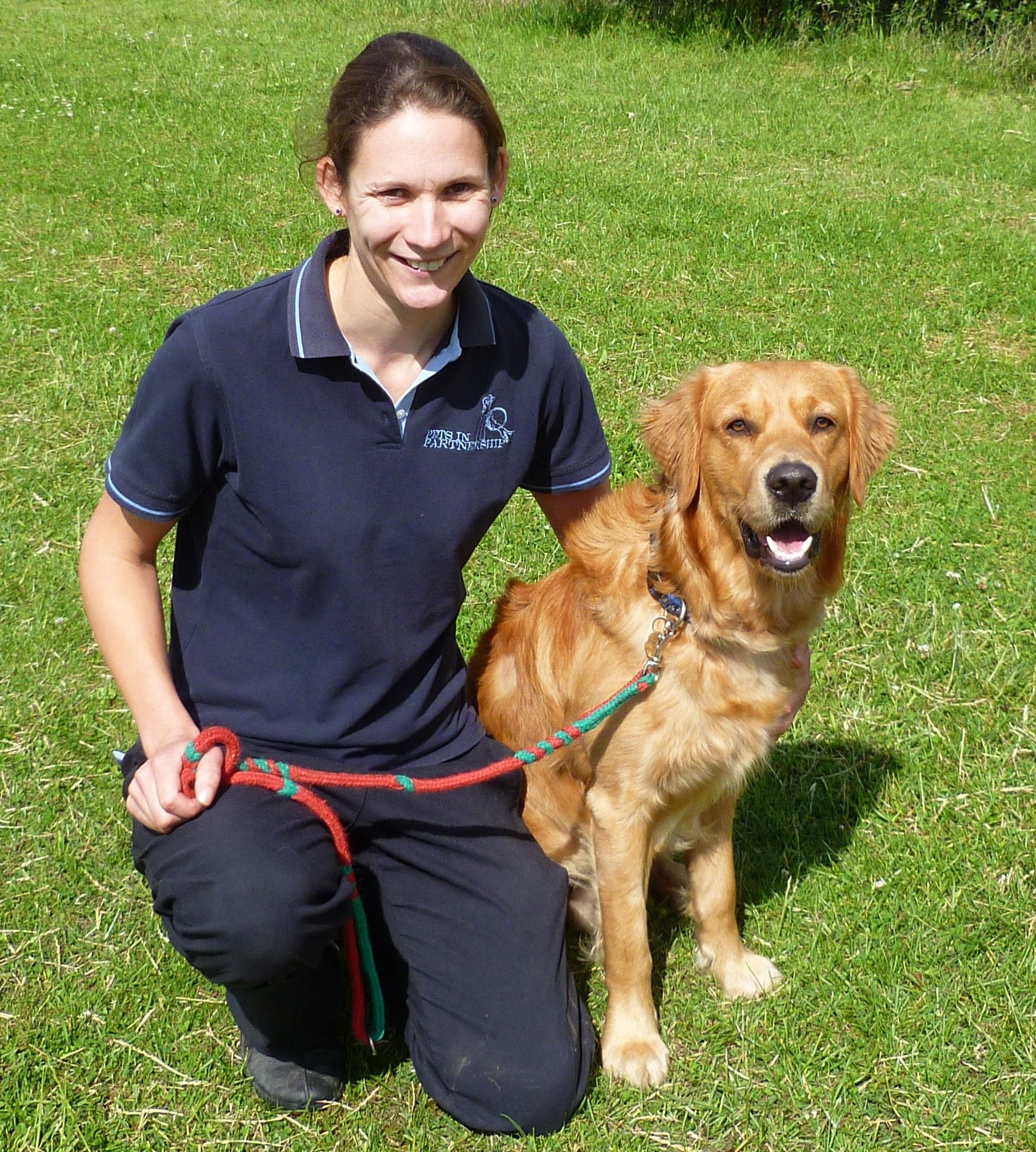Leading Pet Dog Educating Tips for a Well-Behaved Buddy
Educating your pet dog to be a well-behaved friend calls for a nuanced understanding of canine habits and the implementation of efficient techniques. Essential commands such as "Sit," "Keep," and "Come" act as the structure permanently manners, while favorable reinforcement strategies can significantly improve knowing. Establishing a regular regular and focusing on very early socialization are vital parts that add to an unified relationship. The journey to a well-mannered family pet includes more than simply these fundamentals; it demands a deeper expedition of techniques that can transform your training strategy.
Recognizing Canine Behavior
Understanding canine habits is important for efficient pet dog training and cultivating a harmonious connection in between canines and their owners. Pets are complicated creatures, displaying a variety of habits affected by genetics, atmosphere, and socializing. Acknowledging the underlying motivations for a canine's activities-- such as concern, exhilaration, or territorial instincts-- can substantially enhance training performance.
Social communications with various other pet dogs and humans play an essential duty in forming behavior. Canines that experience favorable socialization are usually a lot more adaptable and courteous.

Important Educating Commands
Grasping crucial training commands is vital for developing efficient interaction between canines and their owners. These commands act as the structure for a mannerly dog and can substantially boost the overall connection between pet dog and owner.
"Keep" enhances a pet dog's capability to remain in one setting, promoting self-constraint. "Down" instructs your pet to lie down, which can aid in managing fired up actions. "Heel" shows your dog to stroll alongside you, fostering far better leash good manners.
Uniformity and clearness in command delivery are crucial. Each command needs to be coupled with a details hand signal or gesture to strengthen understanding. Exercising these commands in different environments assists pets generalize their training and react properly, regardless of disturbances. By investing time in teaching these vital commands, proprietors can visit their website cultivate a harmonious and considerate partnership with their canine buddies, enhancing both security and pleasure in day-to-day interactions.
Positive Support Strategies
Positive reinforcement methods are essential techniques in dog training that focus on rewarding preferred behaviors to encourage their recurrence. This method leverages the natural discovering processes of pet dogs, allowing them to associate particular actions with favorable end results. By making use of treats, praise, or play as incentives, trainers can efficiently inspire pet dogs to duplicate the habits they wish to enhance.
To implement positive reinforcement, it is essential to provide benefits quickly after the desired behavior occurs. This helps the canine make a clear connection between their action and the reward. Uniformity is also important; benefits ought to be provided each time the preferred behavior is exhibited during the initial training phase, gradually transitioning to a variable timetable as the actions comes to be extra reliable.
Recognizing your pet dog's preferences can boost the training experience. Eventually, favorable reinforcement cultivates a trusting partnership between the dog and proprietor, making training a more satisfying and efficient process that develops a mannerly buddy.

Socializing Techniques
Efficient socialization techniques are crucial for a canine's growth, as they help establish an all-round and certain companion. Very early direct exposure to various atmospheres, individuals, and various other animals is vital to stop behavior issues in their adult years. Begin this procedure throughout the critical socialization period, which generally happens in between 3 and fourteen weeks old.
Present your pup to varied stimulations, such as various surface areas, seems, and smells. Managed encounters with other dogs and friendly humans can cultivate favorable organizations. Pup courses are an outstanding resource, offering structured environments for social communication and finding out fundamental commands.
Gradually increase the intricacy of socializing experiences. Take your pet to parks, pet-friendly stores, and public occasions, making sure each experience is positive. Observe your dog's responses and remove them from overwhelming situations to prevent fear-based reactions.
Utilize favorable reinforcement to compensate calm and certain behavior throughout social interactions. Bear in mind, persistence is vital; each pet dog has its very own his explanation speed for adjusting to new experiences.
Uniformity and Routine
Establishing uniformity and regimen in dog training is necessary for cultivating a sense of you could try here safety and understanding in your pet dog. Dogs flourish on predictability; understanding what to anticipate aids them feel safe and minimizes anxiousness.
Incorporating a structured regimen right into your training sessions additionally enhances your canine's discovering experience - Dog training near me. Set up daily training sessions at the same time daily, ensuring that both you and your canine are emotionally ready. Short, frequent training sessions are a lot more reliable than long, seldom ones; go for 5 to 10 mins of concentrated training numerous times a day
Furthermore, uniformity needs to extend past official training sessions. Incorporate training into day-to-day activities-- reward your pet dog for resting before dishes or walking calmly on a leash. This strengthens discovered habits and develops a natural training setting. Overall, a regular strategy, coupled with an organized routine, lays the foundation for a mannerly buddy, promoting a harmonious partnership in between you and your canine.
Conclusion
Favorable reinforcement strategies serve to urge desired actions, while early socializing prepares pets for diverse settings. By highlighting these essential components, the bond between proprietor and pet dog reinforces, eventually leading to an unified and fulfilling connection.